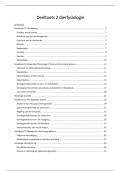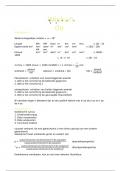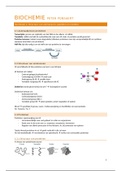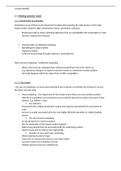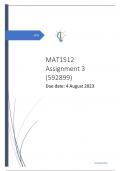1.1 Diagram summarizing the process of mathematical modeling:
Real World Problem → Mathematical Translation → Mathematical Manipulation →
Interpretation → Check Solution against Constraints → Final Answer
Please note that the diagram should be visually organized with arrows connecting each
step in the process.
1.2 Practical examples for each step:
Step 1 (Real World Problem → Mathematical Translation): Real World Problem: You have
a rectangular garden measuring 10 meters in length and 5 meters in width, and you want
to find its area. Mathematical Translation: Area = length × width
Step 2 (Mathematical Translation → Mathematical Manipulation): Mathematical
Translation: Area = length × width Mathematical Manipulation: Area = 10 × 5 = 50 square
meters
Step 3 (Mathematical Manipulation → Interpretation): Mathematical Manipulation: Area =
50 square meters Interpretation: The garden has an area of 50 square meters.
Step 4 (Interpretation → Check Solution against Constraints): Interpretation: The garden
has an area of 50 square meters. Check: The result makes sense since the area cannot
be negative or zero.
Step 5 (Check Solution against Constraints → Final Answer): Check: The result makes
sense since the area cannot be negative or zero. Final Answer: The garden has an area of
50 square meters.
In this scenario, we used mathematical modeling to find the area of a rectangular garden.
The steps involve translating the real-world problem into a mathematical equation,
manipulating the equation to find the solution, interpreting the mathematical solution back
into the real world, checking if the solution satisfies the constraints of the problem, and
finally arriving at the final answer.
Question 2
2.1 Description of each phase through which multiplicative thinking develops:
1. One-to-one counting: In this initial phase, learners develop the concept of counting
objects one by one, associating one number to one object. This phase is
foundational for understanding the concept of numbers and their correspondence to
real-world objects. It forms the basis for later multiplicative thinking.
2. Additive composition: In this phase, learners start to combine groups of objects
through repeated addition. They begin to understand that numbers can be
represented as the sum of smaller groups. For example, instead of counting 3
groups of 2 apples individually, learners recognize that 3 groups of 2 apples equal 6
apples (2 + 2 + 2 = 6).


